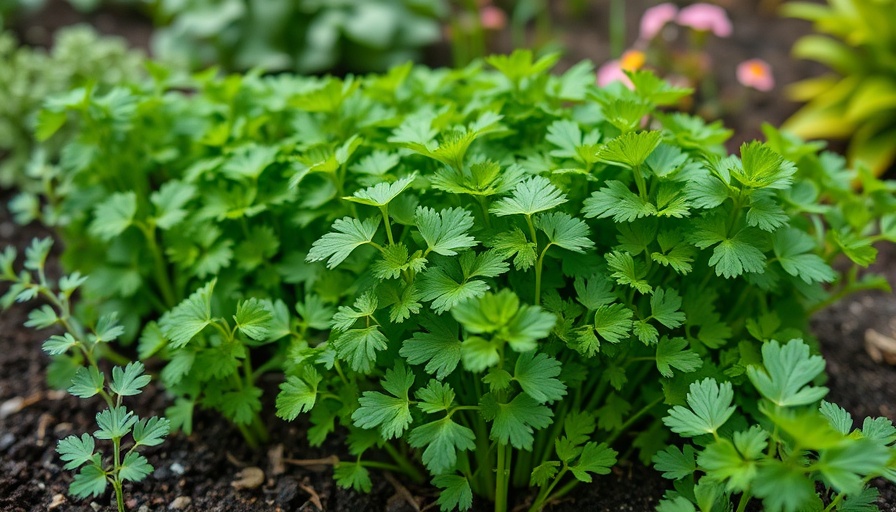
Discover the Power of Cilantro: A Gardener's Best Friend
Cilantro, also referred to as coriander, is much more than just a herb decorating your salsa. Known for its delightful and aromatic leaves, it also serves as a remarkable companion plant in the vegetable garden. With its lush, umbrella-shaped inflorescences, cilantro acts as a magnet, attracting beneficial insects and pollinators, creating a healthier ecosystem for your plants. Let's dive into how these partnerships work and get to know the best companion plants for cilantro!
Top Companion Plants for Cilantro
Growing cilantro alongside certain plants not only enhances their growth but allows you to maximize your garden's yield while keeping pests at bay. Here are 11 excellent companion plants to nurture alongside cilantro:
- Arugula: This salad green benefits from cilantro's ability to attract hoverflies that keep armyworms in check—common pests for arugula.
- Beans: Not only do beans love growing with cilantro, but studies have shown that cilantro can enhance the nutrient content of beans like fava, enriching your garden's produce.
- Cabbage: Growing cilantro with cabbage can help fend off cabbage moths, which often attack vulnerable crops.
- Carrots: Known to improve the flavor of carrots, cilantro can protect them by attracting pest-eating insects.
- Eggplant: The presence of cilantro can help deter pests that tend to invade eggplant, ensuring a healthier crop.
- Hot Peppers: Cilantro supports hot peppers by attracting pollinators that enhance fruiting and yield.
- Kale: Enhance the vitality of your kale with cilantro's pest-repelling capabilities.
- Lettuce: The foliage of cilantro helps shield your lettuce from pests while simultaneously improving its flavor.
- Radishes: Benefiting from similar growing conditions, cilantro can help radishes thrive and ward off aphids.
- Tomatoes: Their joint growth can prove beneficial; cilantro deters certain pests that pose a threat to tomato plants.
- Turmeric: Finally, include turmeric in your pairing for a mix that benefits from nutrient-sharing and pest control.
The Many Benefits of Companion Planting
Companion planting isn’t just about aesthetics; it’s a practical and sustainable gardening approach. By strategically placing plants, you can:
- Encourage healthier plant growth.
- Utilize space better, making your garden more productive.
- Reduce the need for chemical pesticides, creating a more organic gardening experience.
- Attract pollinators, which helps not only your cilantro but other flowering plants in your garden.
Future Insights: Expanding Your Gardening Horizons
In today's era of sustainable living, the relevance of strategies like companion planting cannot be overstated. As urban gardening continues to rise, understanding plant relationships can help city dwellers maximize limited space. Moreover, learning to create a thriving garden ecosystem together with cilantro is an excellent option for anyone looking to include organic gardening practices in their home.
Practical Tips for Growing Cilantro
To fully exploit cilantro's companion planting capabilities, consider the following tips:
- Plant cilantro in cooler seasons for optimal growth, as heat can cause it to bolt quickly.
- Ensure ample sunlight for cilantro and its companions while maintaining good water management practices.
- Use companion planting techniques to create a diverse garden that attracts beneficial wildlife.
Taking Action in Your Garden
Ready to make your garden thrive? Start by integrating cilantro into your plant pairings to enhance your gardening experience! With proper planning and care, you'll reap the benefits of beautifully lush plants and robust yields.
Cilantro’s abilities to attract beneficial pollinators and protect garden crops highlight its value in any vegetable patch. If you're eager to learn more about growing organic herbs and vegetables or delve into sustainable gardening practices, stay tuned for more tips and tricks tailored to creating a flourishing garden in harmony with nature.
 Add Row
Add Row  Add
Add 




Write A Comment